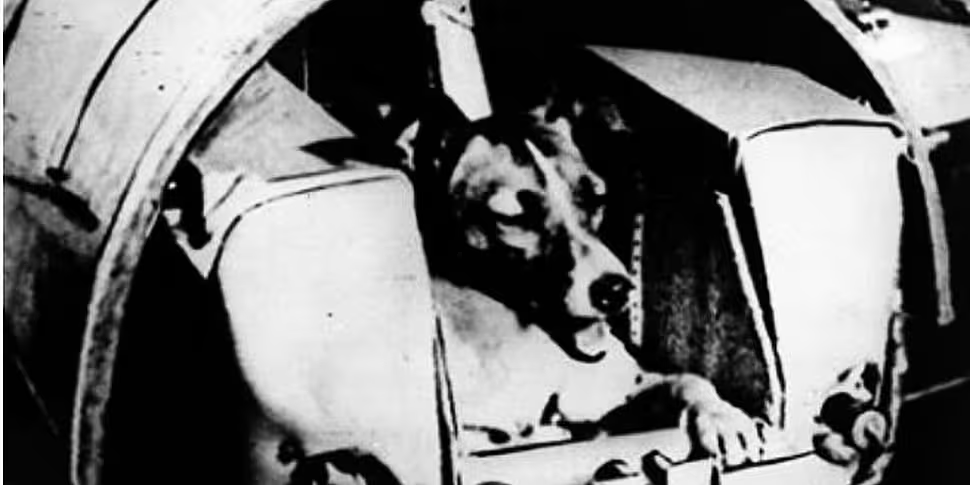The Soviet Union stunned the world on November 3rd, 1957, when they launched the first living being to orbit the Earth in space.
A female dog named Laika was dispatched on a one-way trip aboard Sputnik 2. The mission's predecessor Sputnik 1, the world's first satellite, had been launched less than one month before.
The satellite was a metal sphere weighing about 18 kg (40 lbs) and was far heavier than anything the United States was contemplating launching at the time.
An astonished world witnessed the launch of Sputnik 2 weighing 113 kg (250 lbs) and carrying the first living thing to go into orbit - Laika.
The dog had been a stray wandering the streets of Moscow when she was captured and prepared for a space mission.
Shortly after launch the Soviets said that Laika was not destined to return alive and would die in space. The statement caused outrage among many observers.
The animal was reported to have died painlessly in orbit about a week after blast-off.
However, in 2002, it was revealed that she died from overheating and panic just a few hours after the mission started.
Other details released by the Institute for Biological Problems in Moscow showed that Laika’s food was in jelly form and that she was chained to prevent her turning around.
There was a carbon dioxide absorbing device in the cabin to prevent the accumulation of this toxic gas, as well as an oxygen generator.
A fan was automatically activated to keep the dog cool when the capsule's temperature exceeded 15 deg Celsius.
Death from overheating and panic
Medical sensors placed on Laika indicated that during launch her pulse rate went up by a factor of three above its resting level.
After five to seven hours into the flight, no lifesigns were being received from Laika. By the fourth orbit it was apparent that Laika had died from overheating and stress.
Previously, it has been thought that Laika survived at least four days in space and perhaps even a week when Sputnik's transmitters failed.
Despite surviving for just a few hours, Laika's place in space history is assured and the information she provided proved that a living organism could tolerate a long time in weightlessness and paved the way for humans in space.
Laika's "coffin" circled the Earth 2,570 times and burned up in its atmosphere on 4 April 1958.
On April 11, 2008, Russian officials unveiled a monument in honour of the ill-fated dog.









